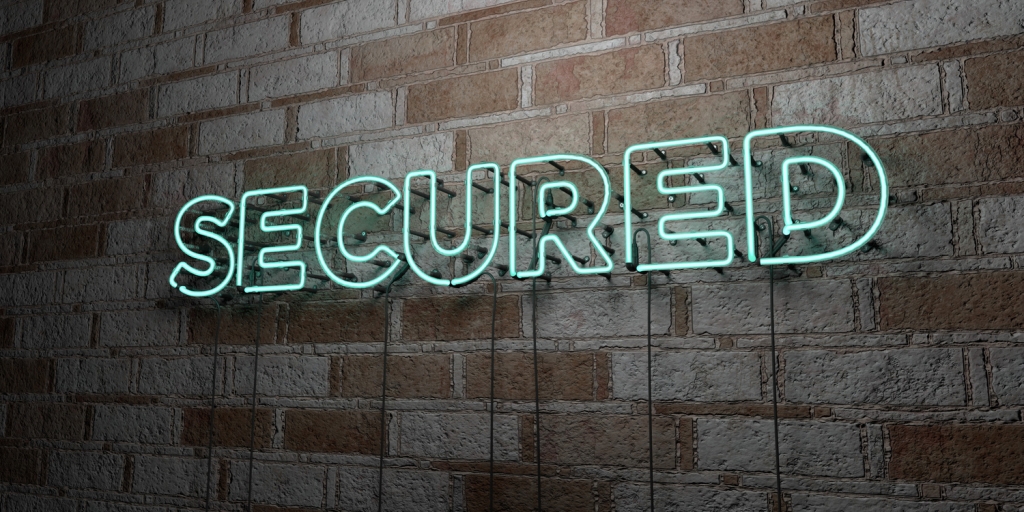The Difference between Secured and Unsecured Debt
When considering a bankruptcy filing, you will have to understand the difference between secured and unsecured loans. Under Arizona debt regulations, these two varieties are treated separately. Debt is not created equal and it will determine whether bankruptcy is the right option for you. Let’s see the difference between secured and unsecured debt.
Arizona Unsecured Debt Proceedings
To qualify as unsecured, a debt should not be covered by a certain type of collateral. Utility bills, credit card debt, medical bills, student loans, smaller personal loans, back owed rent and income taxes will all typically fall under the unsecured debt category.
When you have your unsecured loan and you can’t make a timely payment, the creditor will be deprived of the right to take away property or personal belongings.
Whenever a person becomes incapable of making unsecured loan payments, creditors will file a lawsuit after a certain period of time. Based on the court’s decision, wage garnishment will occur to cover for the unpaid debt.
Secured Loans – What are They?
As you’ve probably guessed already, secured loans are covered by some kind of collateral that will be taken away whenever the debtor is incapable of making payments.
Some of the most common types of secured debt include mortgages, home equity loans, some larger personal loan varieties, secured credit cards and vehicle loans.
Because there’s some collateral, secured loans come with better conditions – lower interest rates and more favorable repayment terms. Whenever a debtor is incapable of making the required payments, the creditor will repossess the assets or the property serving as collateral.
How Different Types of Debt are Treated in Bankruptcy Proceedings
The type of debt will be determining for the manner in which Arizona bankruptcy proceedings are going to take place.
Whenever bankruptcy proceedings are initiated, secured lenders will be entitled to the collateral. A home, for example, will be sold (whenever it isn’t covered by an Arizona bankruptcy exemption) and the proceeds will be used by the trustee to provide payment for the accumulated debt.
Only after secured loan requirements have been satisfied will remaining proceeds will be used to cover unsecured debt.
Differences will also stem from the different chapters under which a bankruptcy can be filed.
In the case of a Chapter 7 bankruptcy, the court will discharge unsecured debt. This means that the person who declared bankruptcy will be freed from having to pay the larger portion of the accumulated debt.
 Secured debt, however, isn’t treated in the same way. The debtor will be given a choice between the collateral being repossessed and finding a way to make the required payments. These will be coordinated by the bankruptcy trustee.
Secured debt, however, isn’t treated in the same way. The debtor will be given a choice between the collateral being repossessed and finding a way to make the required payments. These will be coordinated by the bankruptcy trustee.
A Chapter 13 bankruptcy doesn’t involve debt discharge, whether the person has secured or unsecured loans. Rather, the bankruptcy trustee will come up with a repayment plan that will remain valid for a period of three to five years.
Within a Chapter 13 bankruptcy, secured debt is given priority over unsecured loans as far as repayments go. Most often, unsecured debt will not be paid to the full and some of it will potentially be discharged after the repayment period is over.
A person that files Chapter 13 bankruptcy shouldn’t worry about the collateral. Property and assets will be kept as long as required payments based on the plan are provided to creditors within the specified time frame.
Certain kinds of loans cannot be discharged, regardless of the bankruptcy type. Student loans are one such variety. If you’re struggling with student loan payments the most, Arizona bankruptcy may not be the right option for you.
Consult experienced bankruptcy lawyers to assess and understand the difference between secured and unsecured debt you’ve accumulated. Based on this information, you will determine whether Arizona bankruptcy makes sense for you and which chapter will give you a better financial outcome.





